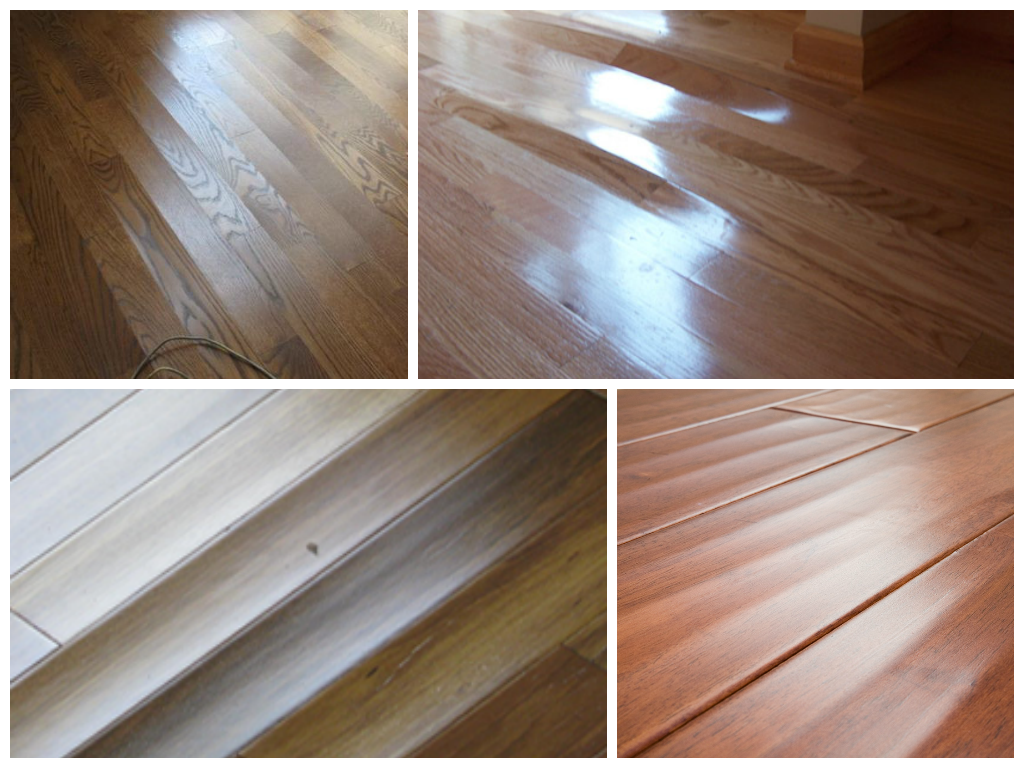
No matter if you are a professional flooring installer, retailer or end customer – you all know that there are few wood flooring problems more upsetting than cupped floors. Understanding what makes a floor cup can prevent future wood floor failures. It can also assist in diagnosing the source of the problem when cupping has already happened.
When Cupping Occurs?
In simple words cupping has occurred when the sides of the flooring planks are higher than the centre of the boards – the surface of the board will warp. Cupping is the way wood flooring response to a change of moisture content. Kiln-dried wood boards which are subjected to moisture only on one side will expand on that side, and that is when concave shape of the board can be seen.
This can be easily demonstrated with the narrow piece of paper. Apply few drops of water and the paper will “cup” away from the wet side. For many species this can also be demonstrated when piece the flooring sample will be placed on constantly moist towel. Effect will be seen after 2-3 days. Similarly with wood flooring – losing or gaining moisture on one side faster than on the other will cause cupping.
Convex and Concave Cupping
In wood flooring usually the bottom of the floor is the area where elevated moisture content occurs compared to the flooring surface. Underside of the board absorbs water vapour causing fibre to swell. This type of cupping is called concave cupping – board’s edges are clearly higher that the centre of the board (Pic.1). Cupping process will be accelerated if non-breathable finish was applied to the floor boards.

The other type of cupping is convex cupping, also called “crowning”. Floor undergoes crowning when concave cupped floor boards are sanded and the high edges are cut down by sanding machine if the sanding job is not done properly (Pic.2).

When the floor will dry later on edges of the boards become lower than the centre (surface) of the board (Pic.3).

Moisture Elimination
More subtle cupping can be caused by lack of wood flooring acclimation – this results in general permanent cupping. Most common and straightforward sources of water causing cupping are: plumbing leaks or overflows, appliance leaks (from ice making units, refrigerators and washing machines or dishwashers), building leaks, poor ventilation, plywood subfloors with excessive moisture content, concrete subfloors that have not cured.
Solution – Cupped Floors
The first step in repairing cupped floor is to locate and remove the source of the moisture. Only then drying process can be started.
In many cases of slight cupping eliminating the source of the water and drying out the floor can save the floor. But using the humidifier or fan simply will not solve the problem – drying is long process and only combination of air movement, heat and low humidity over period of several weeks will help. Be sure that the whole area is ventilated and vents are open. As long as the wood is not permanently damaged or deformed it will return to its original shape.
However if dried boards are permanently deformed the cupped edges can be sanded off and floor can be refinished.
If you have a further questions regarding floor cupping or you are looking for an advice about the best wood flooring for your home feel free to contact the ESB sales team. Contact us now to request your no hassle no obligation free samples or come down to our North London showroom for a closer look.
| Mon-Fri | 8:00AM – 5:00PM |
| Saturday | 10:00AM – 4:00PM |
| Sunday | 11:00AM – 3:00PM |





.svg)
.svg)